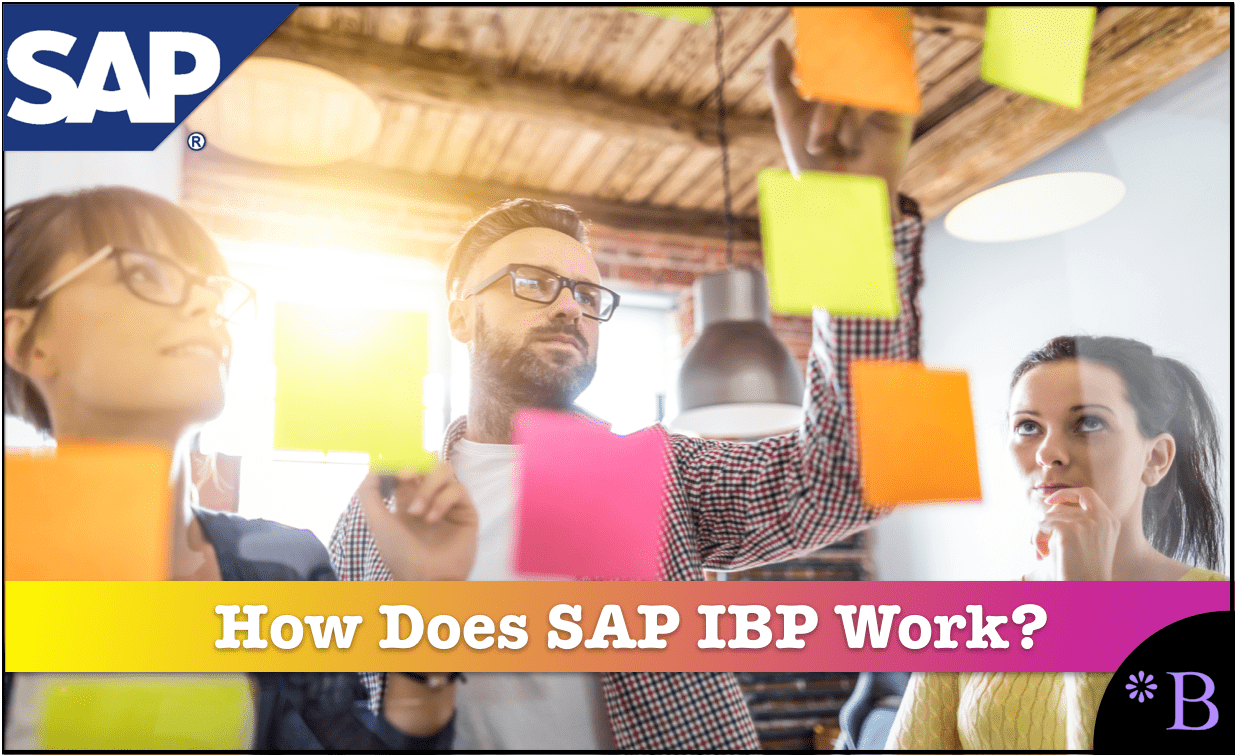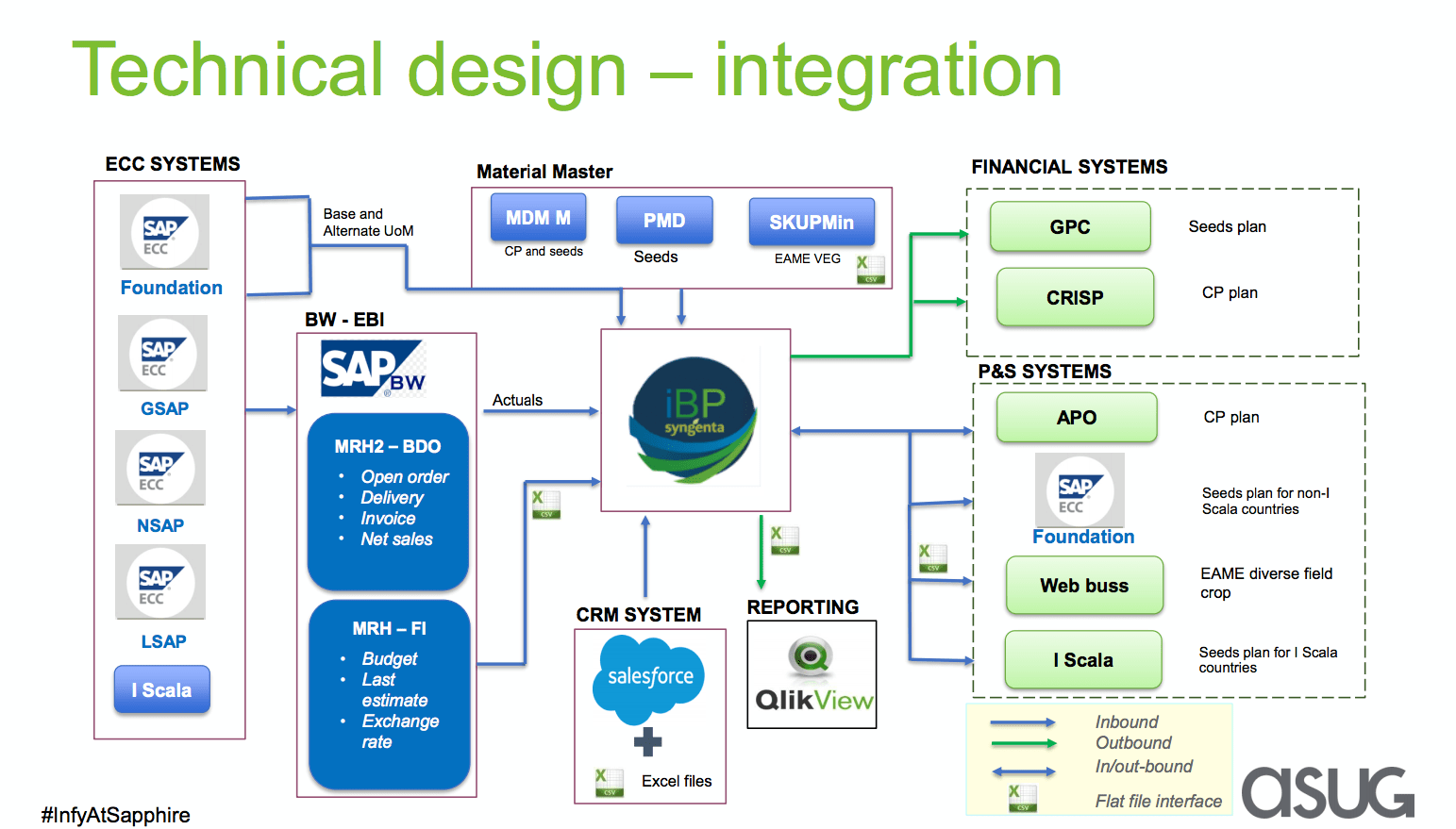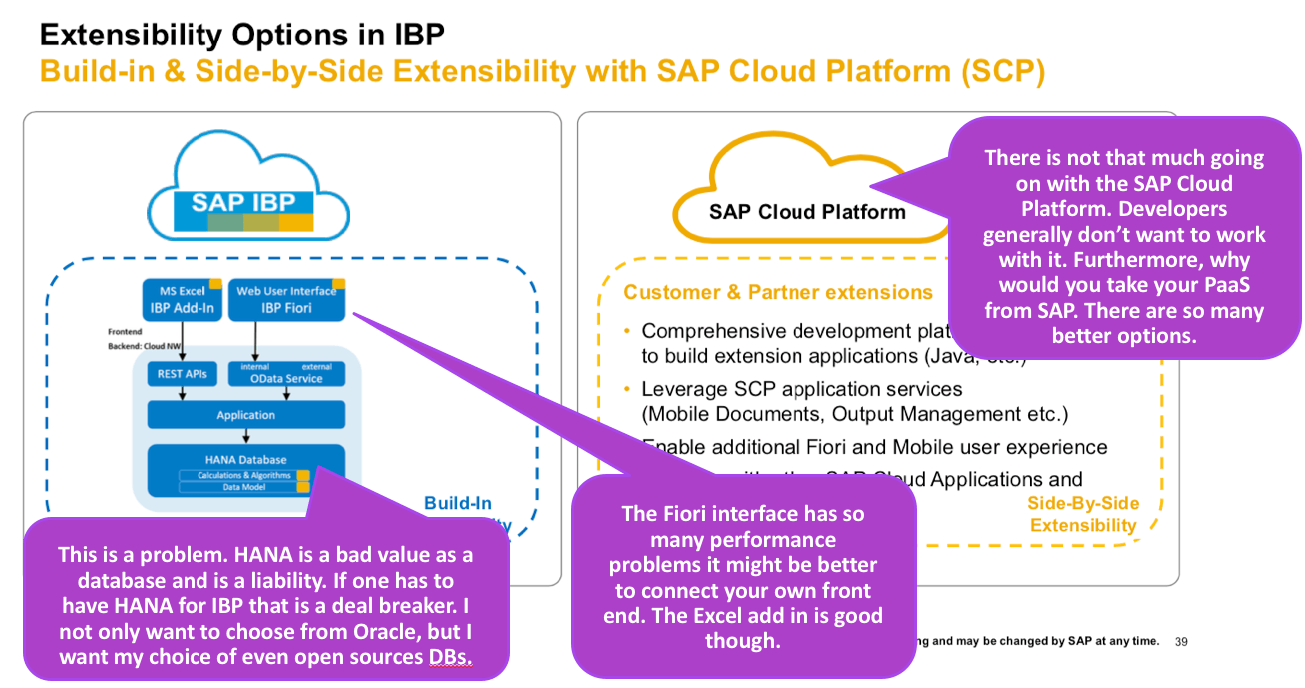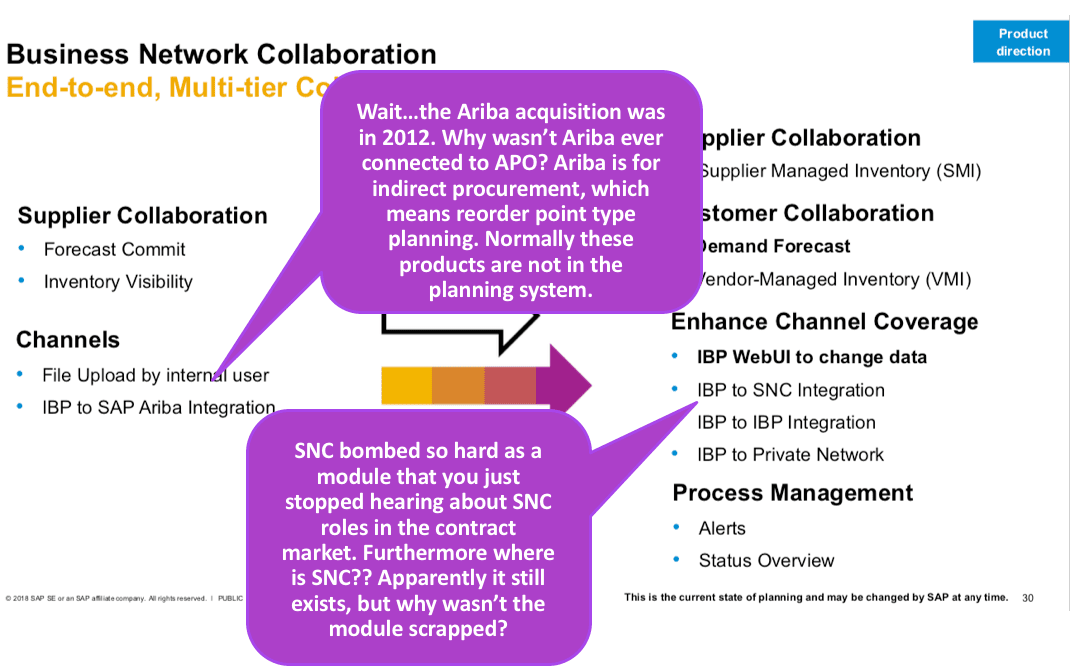How Does SAP IBP Work?
Executive Summary
- SAP IBP is SAP’s replacement for APO…so how does SAP IBP work?
- We provide our feedback on IBP.

Introduction
SAP IBP is SAP’s attempt to replace APO. For whatever reason, SAP decided that it needed a new solution — and this was supposedly an incremental solution, which began with S&OP. So how does SAP IBP work?
Our References for This Article
If you want to see our references for this article and other related Brightwork articles, see this link.
Notice of Lack of Financial Bias: We have no financial ties to SAP or any other entity mentioned in this article.
S&OP or Full Planning Solution?
If one reads SAP’s IBP material, it is confusing as to IBP’s scope. The concept was that IBP would be just S&OP to begin but later grow to encapsulate the planning that exists in the DP, SNP modules at least. GATP and PP/DS have been moved over to S/4HANA, or at least partially. This means that the intent is to keep IBP at a high level of abstraction than SAP APO.
The following is one of the better slides I have found on IBP’s integration to other systems.

This solution diagram shows IBP being fed by BW, by the Material Master, and by the CRM system and APO, and several other systems that deal with seeds. This is for Syngenta. Then is pushes out data to QlikView and two financials seeds applications.
IBP works like a traditional demand and supply planning system, except that it adds on S&OP. The level of abstraction is higher than APO, which performs more detailed planning. SAP has a lot of material around IBP that will just never come true, and what IBP does is much less sexy than what SAP describes. Some of the following slides show how inaccurate the information SAP provides around IBP.



In a way, SAP just threw many trendy items into IBP, which we cover in the article How SAP IBP, aka “Zoolander,” is Going All in on Trendy.
However, feedback from IBP projects indicates that little of these “aspirational” items are being used.
What is SAP IBP Used For?
However, one clear thing is that IBP is not merely used for S&OP. It is not clear that S&OP is its primary use.
One can also perform mainline demand and supply planning in IBP, and mainline demand and supply planning projects have a lower failure rate than S&OP projects. S&OP projects can bring software live, but it does not mean that an S&OP process is followed. Sales, for example, is notorious for not necessarily wanting to play nice with the supply chain. And because sales bring the money into the company, they are generally allowed to do what they like and never be held accountable for their forecast error. This is a topic we cover in the article Forecast Error Myth #3: Sales And Marketing Have their Forecast Error Measured.
Our Key Observations About IBP
- If it did not have SAP pushing it, it is doubtful that it would be a prominent application.
- IBP is confused as to what it is. It seeks to be both an S&OP application and a supply chain planning application — and how it fits with modules like GATP and PPDS that have been moved into S/4HANA is not well explained by SAP. This is a significant disadvantage to IBP, as it means waiting for SAP to figure it out.
- IBP was introduced back in 2013 and is still being fleshed out and figuring out its messaging.
In evaluating the collaboration functionality that makes up the S&OP, it is not clear that it would be used. The overall solution is not well thought out, and nor is it well designed.
Conclusion
IBP is just a generic planning solution that happens to focus on S&OP. It has so far not found very much implementation success, and surveys by Lora Cecere have found generally low satisfaction with IBP. IBP does not appear to be worth the implementation, but it is typically priced as a premium application.
Much of what IBP is offering is just usability through export to Excel. However, it is not necessary to move to IBP to get this functionality. For example, provide support for APO that allows us to add several boosters that improve APO and fix significant flaws in APO. That also enables APO to have data exported to Excel and then brought back in from Excel. This service is available at less than the cost of what SAP customers currently pay for SAP support on APO.